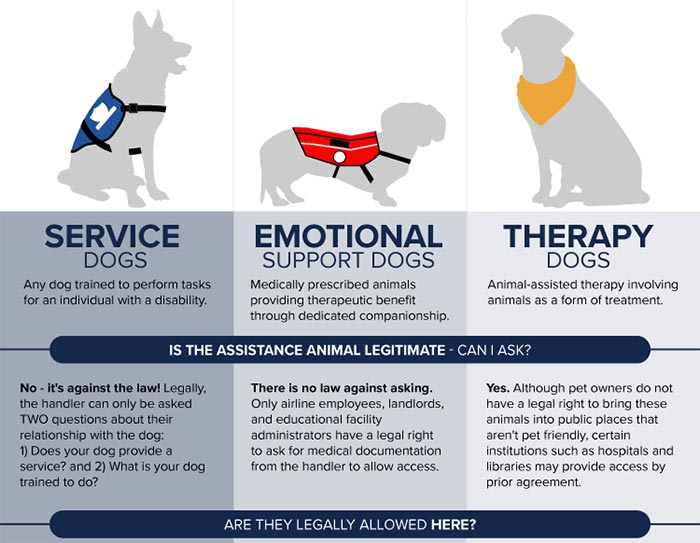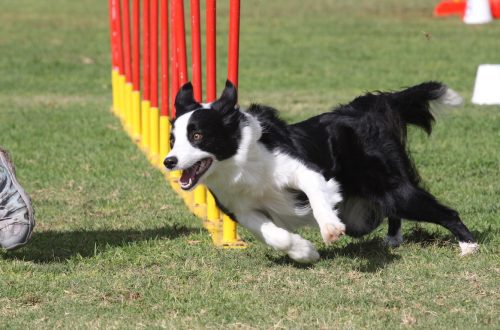
Canistherapy: how are therapy dogs trained?
History of dog therapy
The first mass use of canistherapy occurred in 1792 in a hospital for the mentally ill in the English city of York. Doctors described that the condition of patients improves significantly if dogs are next to them. After a while, this phenomenon was also observed by Red Cross doctors in hospitals for the wounded during the Second World War.
In 1960, child psychiatrist B. Levinson noticed that children make contact much easier if their own dog is allowed to visit them. Thanks to this interesting observation, dog therapy has received great recognition all over the world and has begun to develop quite actively. In the 1990s, this method of treatment was also recognized by the official medicine of Russia.
How are dogs trained to be “therapists”?
When selecting “to be a therapist”, specialists first of all pay attention to the following qualities of a dog: trainability, friendliness, calm character, lack of aggression, fearfulness from sharp sounds, sudden movements. Then they check whether the dog allows you to touch it, stroke it, how well it learns. If the pet passed this test, it is taught basic commands, taught to walk on a leash, stroke itself to strangers, teach it not to be afraid of crowds.
At the end of the course, the dog takes an exam, it is entered in a single register, a certificate is issued in the form of a plastic card with a personal number and the status of “dog means of rehabilitation” is assigned. In addition, she must have an implanted microchip-identifier, must be dewormed and vaccinated on time.
Good friend and “doctor”
The main goal of dog therapy is the development of positive emotions and mental abilities. This is the development of skills such as communication, charm and friendliness. Four-legged friends also contribute to the improvement of motor functions, motor skills, and the physical condition of their owners.
Canister therapy treatment is indicated for emotional diseases: depression, stress, insomnia, apathy.
These wonderful animals help both the elderly and children. At the same time, they become for them not only a “doctor”, but also a faithful, kind, sincerely loving friend, ready to help at any moment.
July 9 2019
Updated: July 19, 2019





